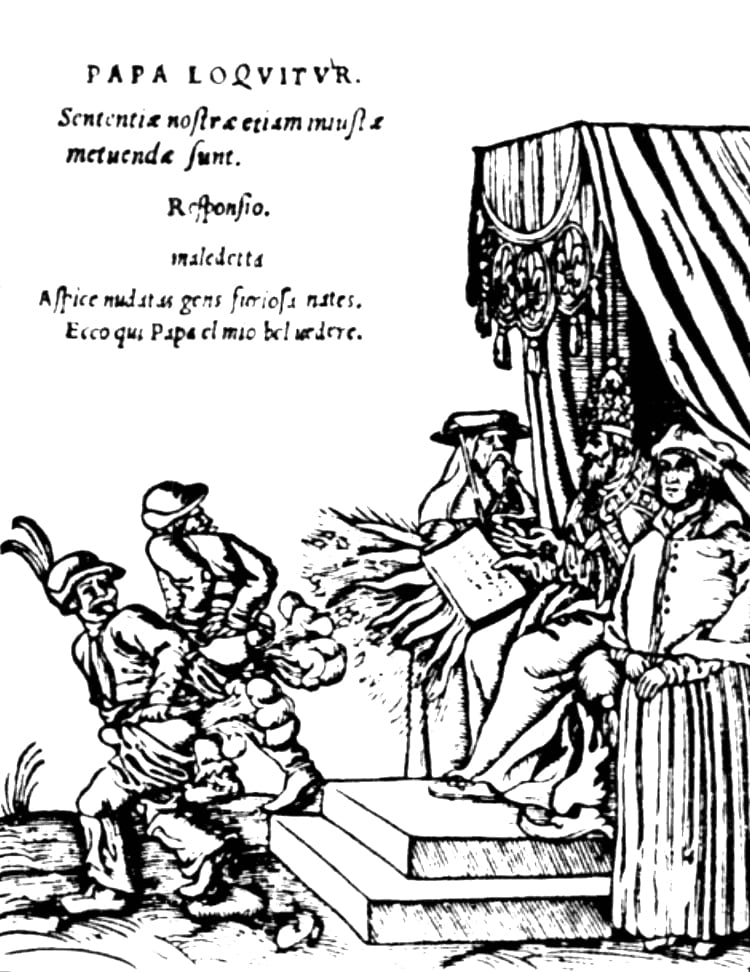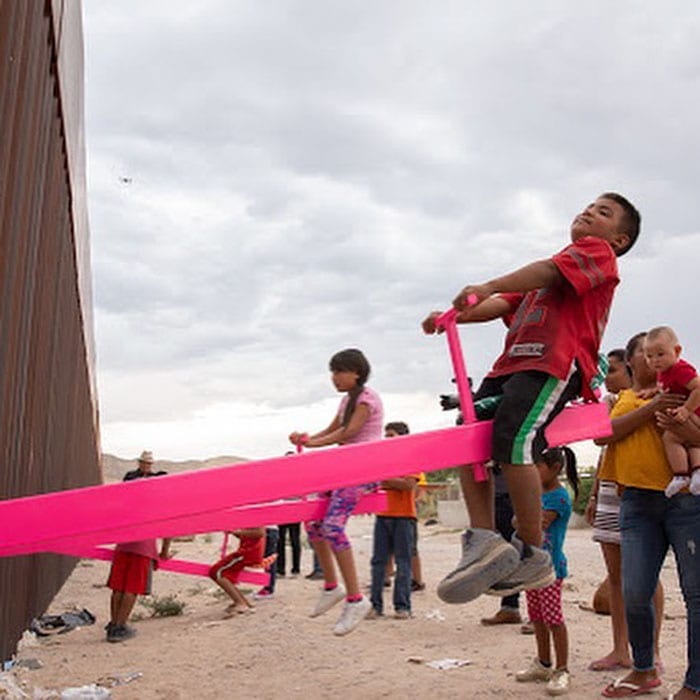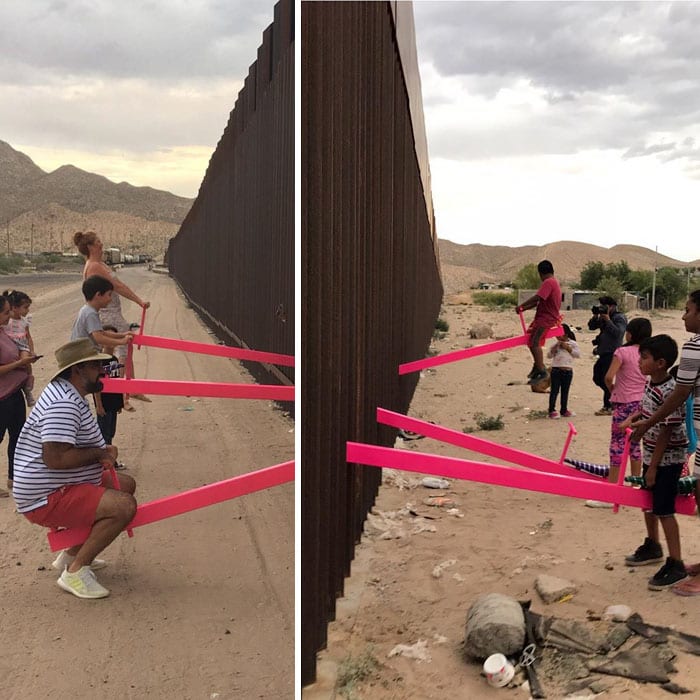Even if you’re one of those people who is really into (meaning obsessed) with the British royal family, I bet there’s still a lot you don’t know about them.
Cause they are some quirky folks, let me tell you.
Let’s look at 10 facts about these royals.
1. That’s odd
Queen Elizabeth II travels with her own supply of blood. I guess that makes sense and might be common among leaders around the world, but still…kind of strange.
2. The secret documentary
The royal family filmed a documentary that aired once in 1969 and never aired again. The reason? Queen Elizabeth thought that showing how the royals lived their everyday lives could be potentially dangerous.
3. Entourage
The Queen travels with her doctor and 34 other people, including her hairdresser, secretary, press officers, and bodyguards.
4. Not ever gonna happen
This is a weird one. When the Queen gets off of an airplane, you’ll never see her skirt fly up because all of her skirts are weighted. Smart, very smart.
5. BYOB
On their trips abroad, Prince Charles and Camilla have a bodyguard carry a bag of their favorite drinks. Gin and tonic for Charles and red wine for Camilla.
6. Fill ’em up
Harry and William love American fast food. Once when they were young boys, their mother Princess Diana asked the family chef to cancel lunch because the boys wanted to eat McDonald’s.
7. Two birthday parties
The Queen’s birthday is actually celebrated twice. The sovereign’s birthday has been celebrated on the second Saturday of June for over 260 years in an official ceremony. But the Queen’s actual birthday is April 21, so that’s double the fun.
8. No seafood
When the royal family travels, they are not allowed to eat seafood because the chances of someone getting sick from shellfish are high.
9. That’s bright
The Queen wears bright colors so people can spot her from far away in crowds.
10. Breaking protocol
Kate Middleton broke the royal protocol in Germany when she hugged children while visiting a charity. There is usually a handshake only rule.
The post You Might Not Know These 10 Things About the British Royal Family appeared first on UberFacts.
 The Princess Royal, @hrhthedukeofyork and The Earl of Forfar also attended and, alongside Her Majesty, met some of the 10,000 invited guests. Swipe
The Princess Royal, @hrhthedukeofyork and The Earl of Forfar also attended and, alongside Her Majesty, met some of the 10,000 invited guests. Swipe  for images from the day.
for images from the day.











 Méchante propagande à Bruxelles city.
Méchante propagande à Bruxelles city.  #pizza #pineapple #pineappleonpizza #sweetpizza #sweettaste #yesonpineappleonpizza #sweetlover #sectivism #pizzasectivisme #pineapplebelongsonpizza @pizza_sectivism
#pizza #pineapple #pineappleonpizza #sweetpizza #sweettaste #yesonpineappleonpizza #sweetlover #sectivism #pizzasectivisme #pineapplebelongsonpizza @pizza_sectivism The first message about the accident at the Chernobyl nuclear power plant appeared in the Soviet media on April 27, 36 hours after the disaster. ⠀
The first message about the accident at the Chernobyl nuclear power plant appeared in the Soviet media on April 27, 36 hours after the disaster. ⠀  CHERNOBYL INSIDER
CHERNOBYL INSIDER Such spectacular views can be seen on our tours. ⠀
Such spectacular views can be seen on our tours. ⠀ 

 . . . . . #chernobyl #visitkyiv #ukraine #travelinspiration #pripyat #solotravellers #wanderrach #easterneurope #travelgirls #travellergram
. . . . . #chernobyl #visitkyiv #ukraine #travelinspiration #pripyat #solotravellers #wanderrach #easterneurope #travelgirls #travellergram